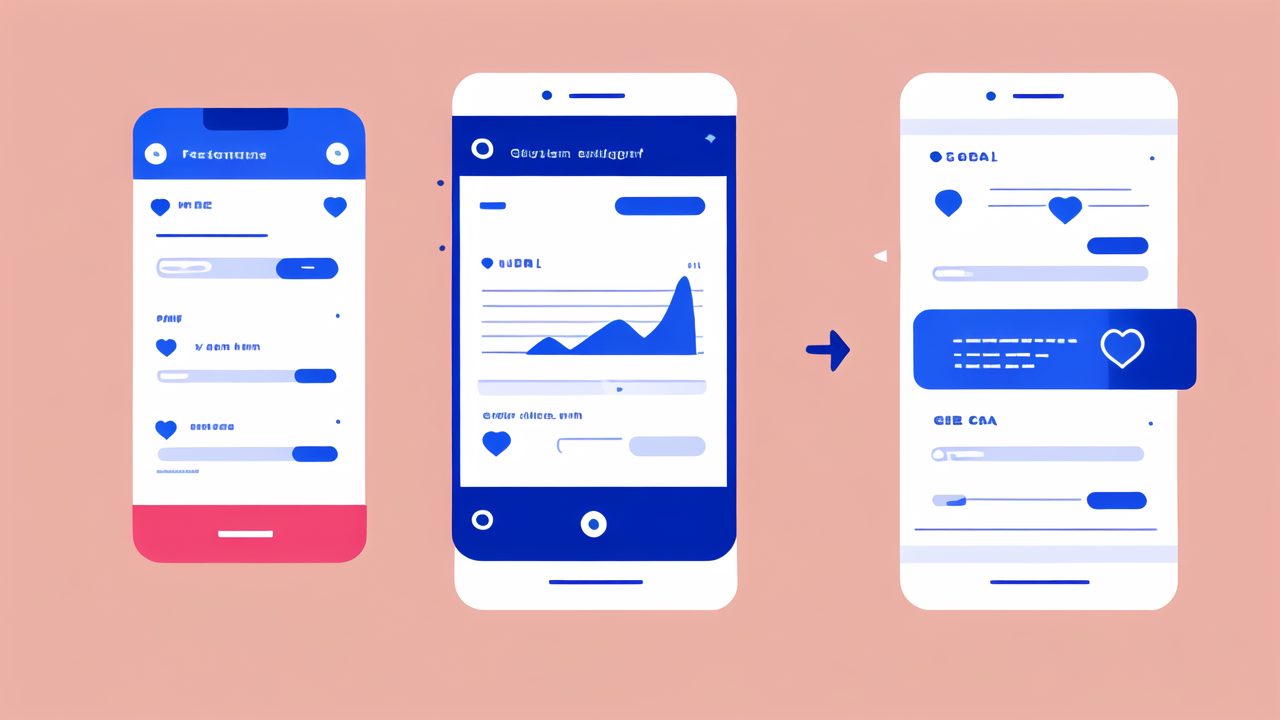The Role of Smart Watches in Modern Health Care
Understanding the Capabilities of Health-Focused Smartwatches
Smart watches have become powerful tools for health monitoring. They can track heart rate, sleep patterns, and physical activity. Many models now offer ECG functionality and blood oxygen monitoring. These devices can detect irregular heartbeats and alert users to potential health issues.

Smart watches also encourage users to stay active. They send reminders to move and set daily fitness goals. Some advanced models can even detect falls and automatically call for help. This feature is especially useful for elderly users or those with mobility issues.
As technology improves, smart watches are becoming more accurate and reliable. They're not just gadgets anymore, but valuable health tools. Many people now rely on them for daily health insights and motivation.
Integrating Smart Watches into Health Care Systems
Health care providers are starting to see the value of smart watch data. Some hospitals now allow patients to share their smart watch data with doctors. This gives medical professionals a more complete picture of a patient's health over time.
Smart watches can help with remote patient monitoring. This is especially useful for people with chronic conditions. Doctors can track patients' vital signs without frequent office visits. This can lead to earlier detection of health issues and more timely interventions.
However, integrating this data into existing health care systems is challenging. It requires secure data transfer and storage systems. Doctors also need training to interpret and use this new data effectively.
Privacy and Ethical Considerations in Smart Watch Data
As smart watches collect more health data, privacy concerns grow. Users worry about who has access to their health information. There are questions about data ownership and how companies might use this sensitive information.
Smart watch makers must prioritize data security and user privacy. They need strong encryption and clear privacy policies. Users should have control over what data they share and with whom.
There are also ethical considerations. For example, should employers have access to employees' health data? Could insurance companies use this information to adjust rates? These questions need careful consideration as smart watches become more prevalent.
Wearable Technology and Its Impact on Health Monitoring
Innovations in Wearable Fitness Trackers
Wearable fitness trackers have come a long way from simple step counters. Modern devices can monitor a wide range of health metrics. They track heart rate, sleep quality, stress levels, and even body temperature.

Some new trackers use AI to provide personalized health insights. They can suggest workout routines based on your fitness level and goals. Others can detect specific activities automatically, from running to swimming.
Many trackers now offer guided workouts and meditation sessions. This turns them into personal fitness coaches. They can motivate users and help them maintain healthy habits over time.
Wearable Technology for Monitoring Chronic Conditions
Wearable devices are becoming valuable tools for managing chronic conditions. For diabetes patients, there are now continuous glucose monitors. These devices track blood sugar levels 24/7 without the need for finger pricks.
For heart patients, wearable ECG monitors can detect arrhythmias early. This allows for quicker medical intervention. Some devices can even predict the onset of conditions like asthma attacks or migraines.
Wearables are also helping with mental health monitoring. They can track sleep patterns and stress levels. This data can help in managing conditions like depression and anxiety.
The Challenges and Limitations of Wearable Health Devices
While wearable health devices offer many benefits, they also face challenges. Accuracy is a major concern. These devices aren't always as precise as medical-grade equipment.
Battery life is another limitation. Users need devices that can last for days without charging. This is especially important for devices monitoring critical health conditions.
There's also the issue of data overload. Users and doctors can be overwhelmed by the amount of data these devices generate. It's crucial to present this information in a clear, actionable way.
Policy and Regulation in Health Monitoring Technology
The FDA and Health Monitoring: Navigating Regulations
The FDA plays a key role in regulating health monitoring technology. They classify these devices based on their intended use and potential risks. Some smart watches and fitness trackers fall under "general wellness" products. These have less strict regulations.

However, devices that claim to diagnose or treat specific conditions face more scrutiny. The FDA requires clinical trials to prove their safety and effectiveness. This process can be long and expensive for device makers.
The FDA is working to keep up with rapid technological advances. They've introduced new guidelines for digital health technologies. These aim to balance innovation with patient safety.
Compliance and Safety Standards for Health Wearables
Health wearables must meet various safety and quality standards. This includes electrical safety, biocompatibility, and data security. Manufacturers need to ensure their devices don't cause skin irritation or other health issues.
Data accuracy is another crucial aspect of compliance. Devices that provide health data must meet certain accuracy thresholds. This is especially important for devices used in medical decision-making.
International standards also come into play. Manufacturers often need to comply with regulations in multiple countries. This can be challenging, as standards can vary significantly between regions.
Ethical Policies and Best Practices in Health Data Management
Ethical handling of health data is crucial for wearable technology. Companies need clear policies on data collection, storage, and sharing. They should obtain informed consent from users before collecting sensitive health information.
Best practices include using strong encryption for data storage and transmission. Companies should also be transparent about how they use and protect user data. Regular security audits can help identify and address potential vulnerabilities.
There's also a need for guidelines on using health data for research. This data can be valuable for medical studies. However, it's important to protect individual privacy and obtain proper consent.




Leave a comment
This site is protected by hCaptcha and the hCaptcha Privacy Policy and Terms of Service apply.